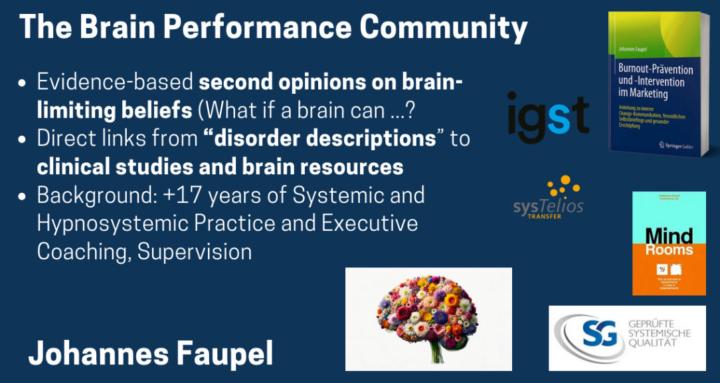Sep 1 • Stress & Emotional Regulation
Neurovisceral coupling: vagal tone predicting emotion regulation capacity
“I feel helpless – my heart sprints during conflict, my chest tightens, my stomach flips, I snap or shut down, and I can’t find the brakes.” If that sounds familiar, here is the bridge to “Now I understand what my brain is able to accomplish.” Your body and brain co-regulate through neurovisceral coupling – the dialogue between prefrontal control networks and the vagus nerve that slows the heart, steadies breath and widens choice. The stronger and more flexible that coupling is, the faster you can downshift from surge to steady and the easier it is to steer emotion rather than be steered by it.
Abstract
Neurovisceral coupling describes how cortical regulators – medial and dorsolateral prefrontal cortex, anterior cingulate and anterior insula – coordinate with the central autonomic network to shape cardiac and respiratory patterns via the vagus nerve. Vagal tone, indexed at rest by high-frequency heart-rate variability and respiratory sinus arrhythmia, predicts emotion regulation capacity – better prefrontal–amygdala control, quicker fear extinction, steadier attention, and prosocial engagement. In stress, vagal output releases its vagal brake, heart rate rises and variability narrows; effective recovery restores variability and calm. Training that raises vagal flexibility – slow breathing around 5–6 breaths per minute, HRV biofeedback, contemplative practice, regular aerobic movement and adequate sleep – tends to improve regulation, while clinical vagus-nerve stimulation can augment treatment in refractory depression and PTSD. Open questions remain about individual baselines, genotype and hormonal moderators, and which protocols best translate acute HRV gains into durable emotion-regulation skills.
Evident in Neuroscience and Brain Research
At rest, higher high-frequency HRV co-varies with more accurate prefrontal appraisal and fewer impulsive reactions – a signature of a well-tuned parasympathetic system. During affective challenges, people with higher baseline HRV show stronger functional coupling between medial PFC and amygdala, faster return to baseline after stress, and better executive control during distraction. The anterior insula and dorsal ACC act as salience hubs – detecting bodily change and recruiting prefrontal control – and their coherence with cardiac rhythms reflects the tight body–brain loop. Breath-paced HRV biofeedback reliably increases vagal tone in weeks, with parallel reductions in anxiety and rumination and improvements in sleep onset; slow breathing also boosts baroreflex sensitivity, stabilising blood-pressure–heart-rate oscillations that calm arousal. Aerobic exercise and good sleep continuity raise resting HRV and enhance daytime regulation, while sleep loss dampens variability and makes irritability and overreaction more likely. In clinical contexts, vagus-nerve stimulation demonstrates causal leverage – stimulation of afferent vagal fibres alters limbic–prefrontal activity and can lift mood and reduce hyperarousal when other treatments have failed. Together, these findings support a practical rule of thumb: when vagal flexibility is available, the mind has more time to choose.
0
0 comments
powered by

skool.com/brain-performance-2502
Evidence-based brain performance: Mental health through neuroplasticity, brain training, systemic interventions, using helpful brain functions.
Suggested communities
Powered by
